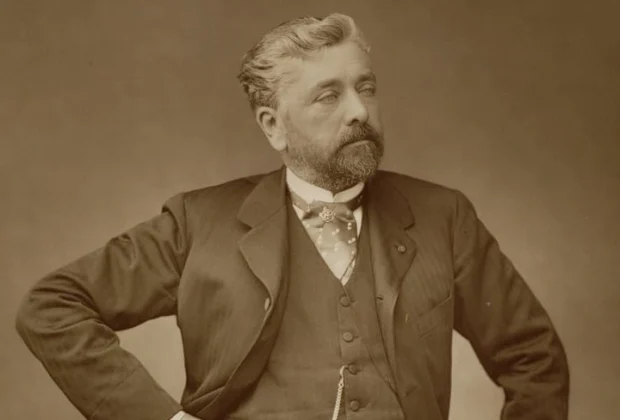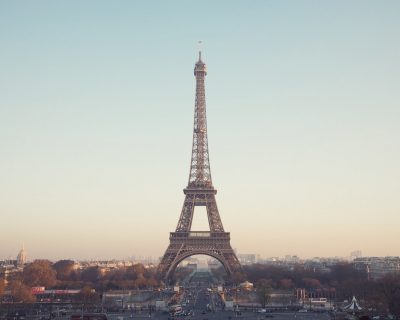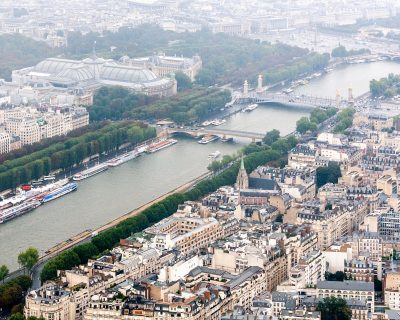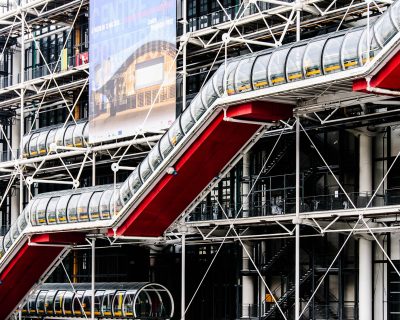Have you ever wondered, how did the Eiffel Tower get its name? The answer is Gustave Eiffel.
But who was Gustave Eiffel? You might think the tower would be named for a French president, war hero, or one of the country’s many great artists, but it was named for the man who made it. That is, the French engineer responsible for getting this 300-meter iron tower, as it was first called, off the ground.
Called a “magician of iron” because of his ability to manipulate metal into frameworks for almost any type of structure, Gustave (we’ll call him that for convenience in this post) didn’t start on the tower until fairly late in his career. He designed several other structures, some of which you’ll know, and his most famous creation wasn’t always popular — in fact, Parisians hated it.
Want to meet the man behind the monument? Here’s the story and some quick facts about Gustave Eiffel
Gustave Eiffel before the Eiffel Tower
Gustave’s full name was Alexandre Gustave Bönickhausen Eiffel, though he ditched the Bönickhausen in 1880 and was just known as Alexandre Gustave Eiffel.
He was born in Dijon, France, in 1832, and showed an early interest in chemistry, which is what he went to study at Paris’ École Centrale des Arts et Manufactures (Central School of Arts and Manufactures) in 1855.
But iron was calling him, so Gustave went on to design railway bridges instead. His first was the Bordeaux Bridge in 1861. While it’s no longer in use, it stands as an early example of his innovative use of the lattice-style metalwork that we now see on the Eiffel Tower.
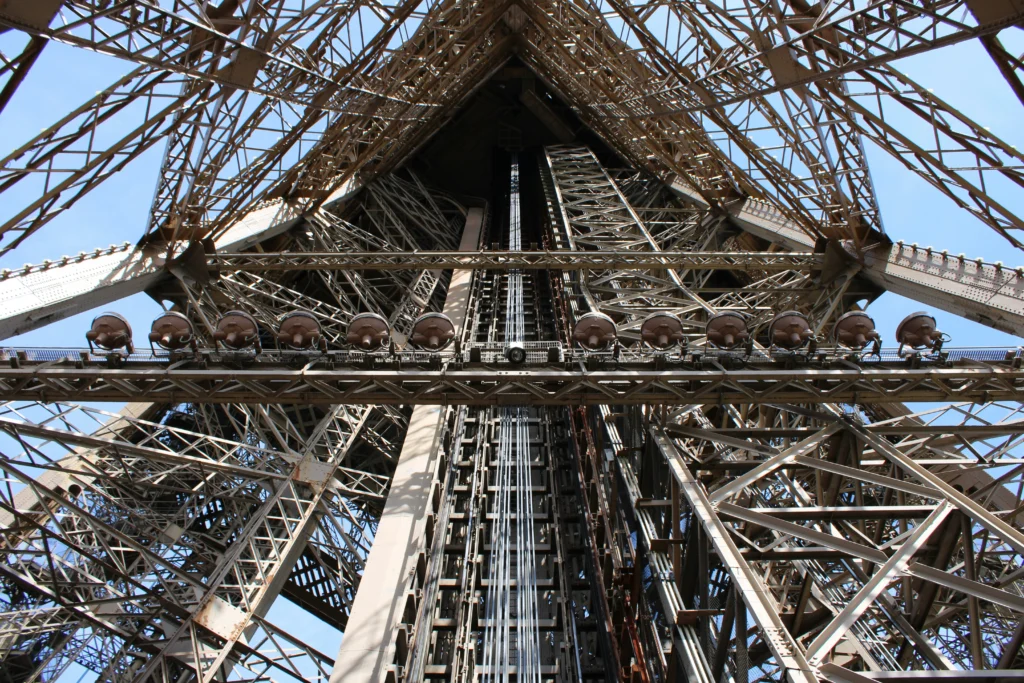
Gustave’s mastery of bridges led to his commercializing venture of selling portable bridge kits that required few resources to erect. Starting in the 1880s, these kits were exported around the world, including remote areas that were previously inaccessible by railway.
In 1865, he set up his own engineering consultancy, and his field of work eventually expanded to include towers, train stations, viaducts, and buildings.
But his greatest work was yet to come. In the late 1880s, the French government decided to host a design competition for a major landmark in honor of the 100-year anniversary of the French Revolution. It would be revealed to all at the 1889 World’s Fair. By this time, Gustave Eiffel had worked on hundreds of structures, even if he wasn’t exactly a household name.
How Gustave Eiffel ensured the Eiffel Tower’s survival
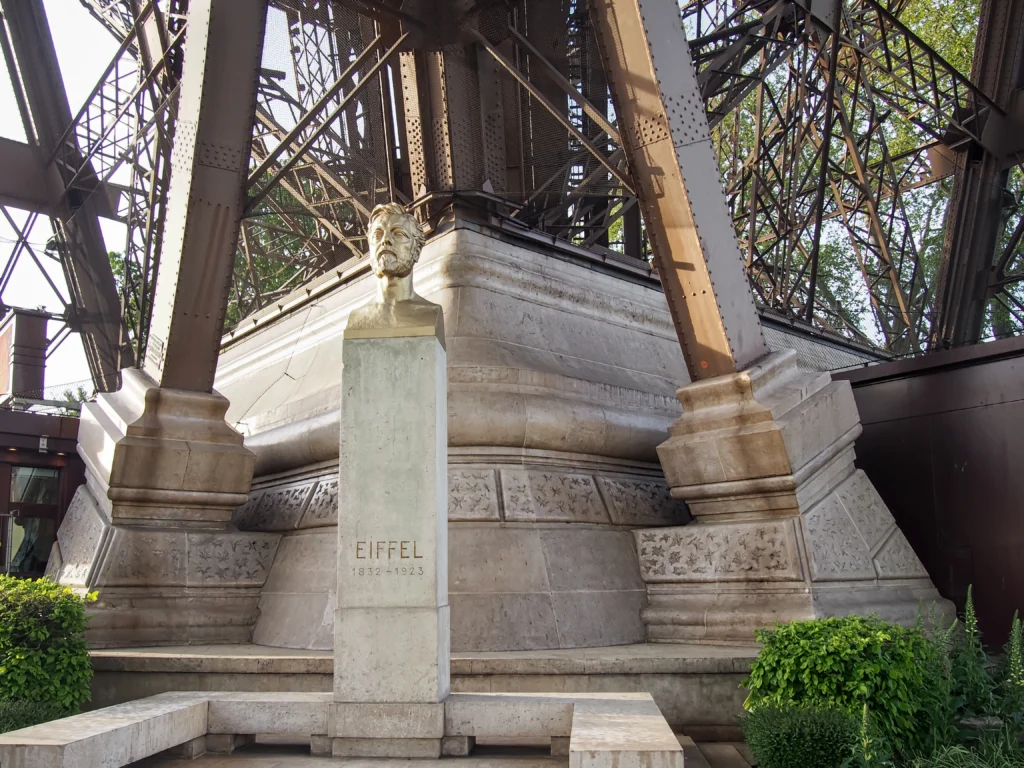
While the Eiffel Tower bears Gustave’s name, the concept came from his employee Maurice Koechlin (the duo also collaborated on developing the steel inner structure for the Statue of Liberty, but more on that later). Koechlin’s design called for 18,000 pieces of wrought iron, 2.5 million rivets, and hundreds of workers to complete.
Gustave was proud of his work on the Eiffel Tower. He climbed it himself many times, even though elevators were available. In fact, he said climbing was the best way to visit it. (It’s why we created the world’s first climbing tour of the tower — to help people experience it as Gustave originally intended.)
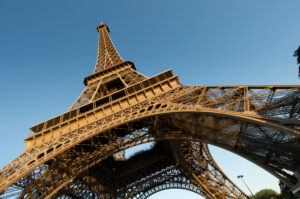
However, the Eiffel Tower was initially only meant to be a temporary exhibition that would be torn down 20 years after the 1889 World’s Fair — in 1909. But Gustave Eiffel figured out how to make the tower useful, not just a symbol. He financed wireless transmission experiments that lead to the Department of Military Engineering authorizing the installation of antennas.
The antennas were essential for wireless transmissions during the First World War, and they were foundational for the first radio programs in 1921 and the beginning of television. In 1953, the Eiffel Tower’s transmitter made it possible to broadcast Queen Elizabeth II’s coronation live in France.
Being the great innovator he was, Gustave managed to foresee new uses for the Paris landmark. Pretty cool, right?
Structures designed by Gustave Eiffel (besides the Eiffel Tower)
Believe it or not, Gustave Eiffel’s career didn’t end with the Eiffel Tower. Here are some of his other landmarks you might not know about. The first three are landmarks in France, but the others you’ll find around the world.
1. Passerelle Eiffel in Bordeaux, France
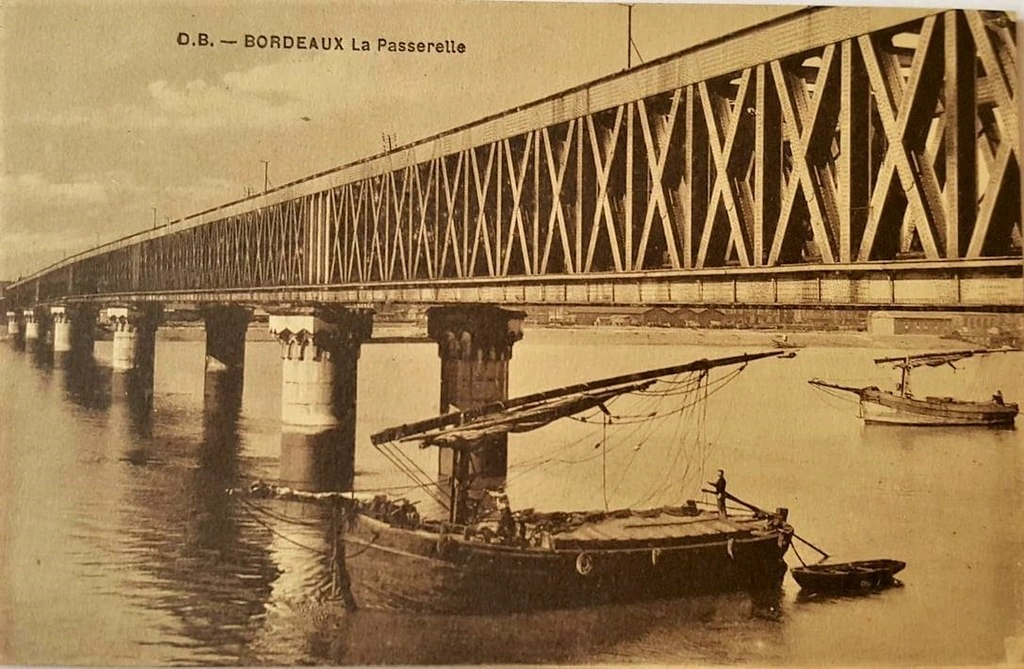
Eiffel’s first project was a railway bridge constructed to run along the Garonne River in 1860. Gustave didn’t design the bridge, but he did oversee the project when he was only 26. Today, trains no longer cross the bridge — you can just admire it from afar.
2. Parc des Buttes-Chaumont bridge in Paris, France
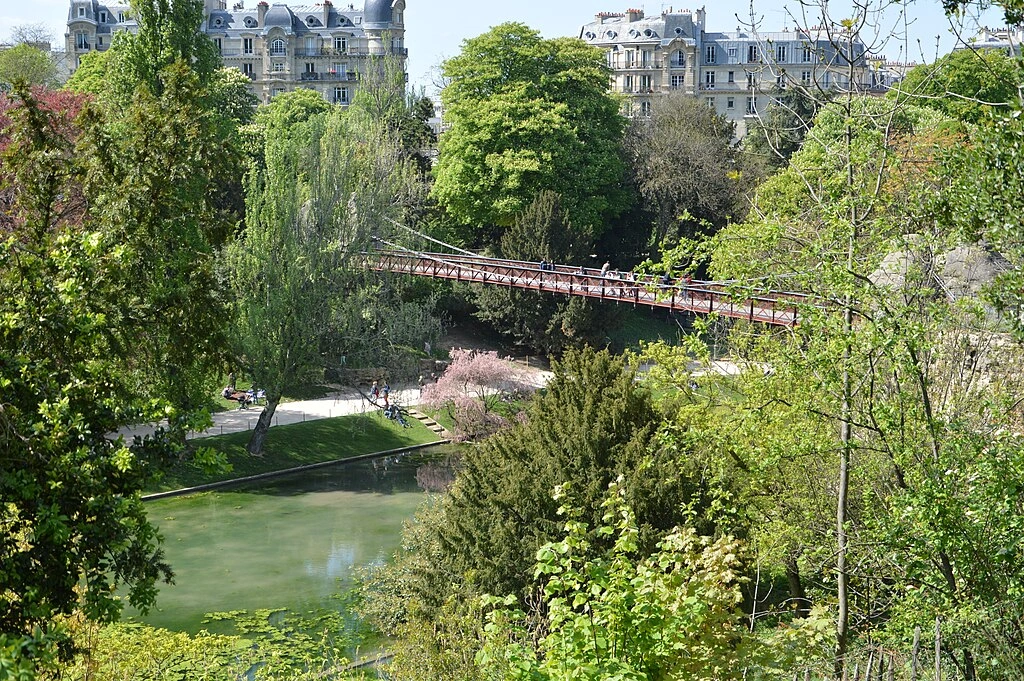
One of the highlights of the beautiful Parc des Buttes-Chaumont in Paris’s 19th arrondissement is Gustave’s 200-foot-long, 72-foot-high suspension bridge. The bridge, called a “passerelle suspendue” in French, lets you cross over to Île du Belvedere, where you’ll find the Roman-style Temple of Sibylle, perched on an artificial cliff.
3. The Garabit Viaduct in Ruynes-en-Margeride, France
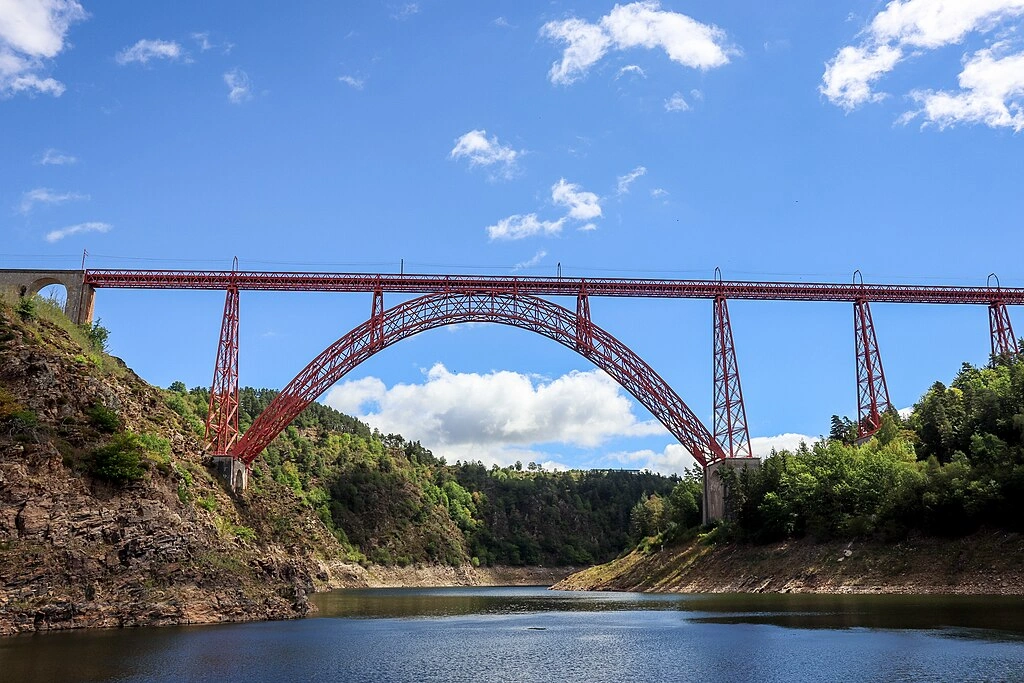
In case it isn’t clear, Gustave had a knack for designing bridges.
When the Garabit Viaduct was completed in 1884, not only was it the world’s tallest viaduct, but it was also considered an engineering marvel. Built above the rugged terrain of the Truyère gorges, the bridge is a picturesque destination for cycling, sailing, or a scenic drive.
4. The Statue of Liberty in New York City
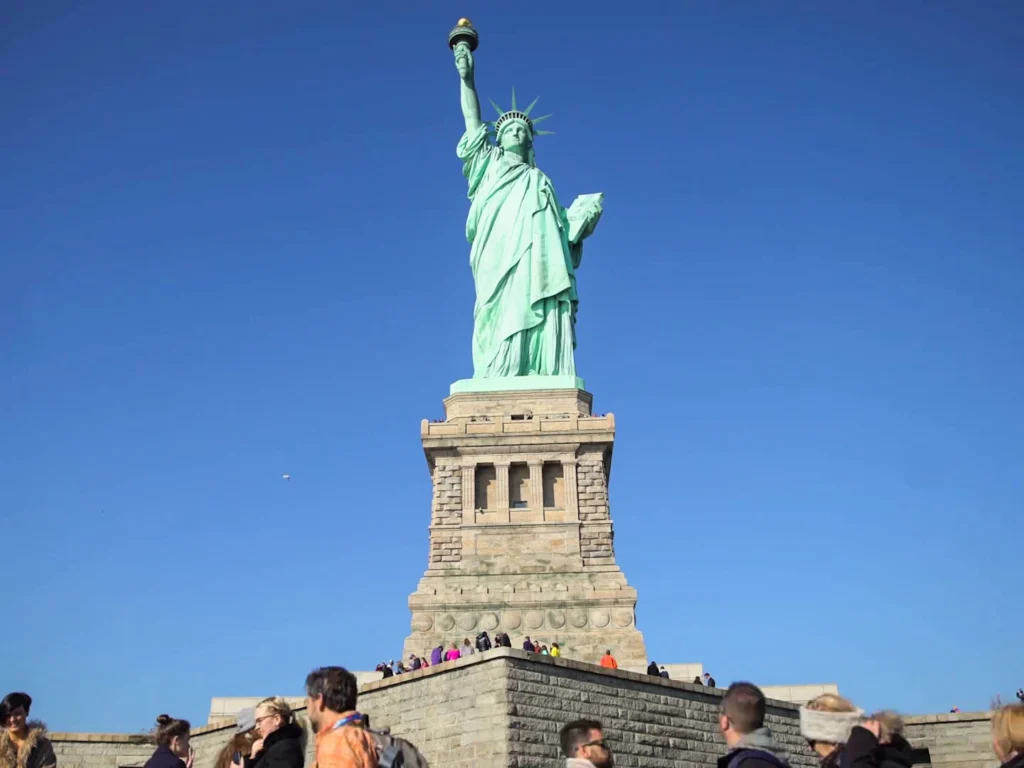
You could say that Gustave Eiffel is the reason Lady Liberty stands tall. That’s because his work was integral to how the Statue of Liberty was built.
He designed the metal framework that holds the statue up, creating a kind of internal skeleton, where lightweight girders branched off of a central pylon. This guaranteed the statue could withstand a range of temperatures and high winds.
5. Cathedral of San Marcos in Arica, Chile
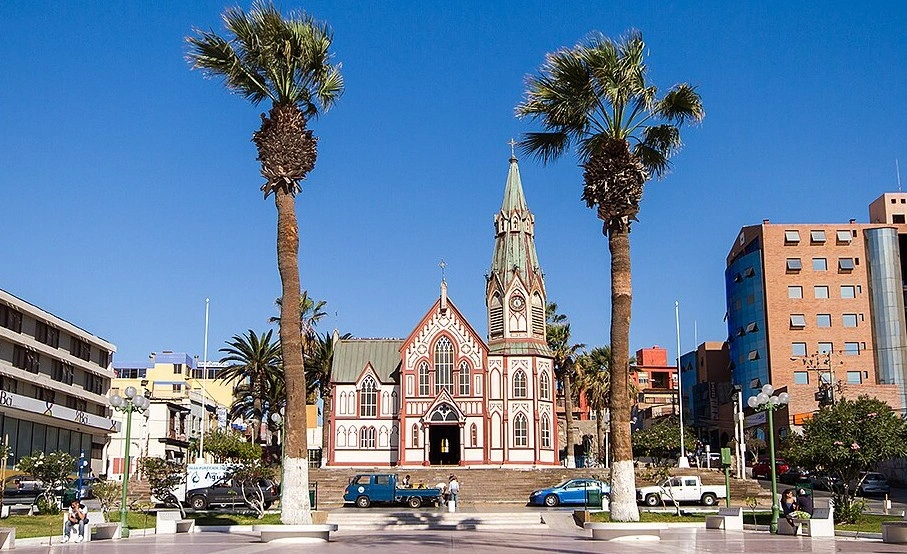
Gustave’s original assignment here wasn’t actually to design a church but an all-metal Chilean resort.
However, an earthquake in 1868 destroyed the First Church of Arica, so his design for a resort was quickly repurposed to be the Cathedral of San Marcos instead.
6. Budapest-Nyugati Station in Budapest, Hungary
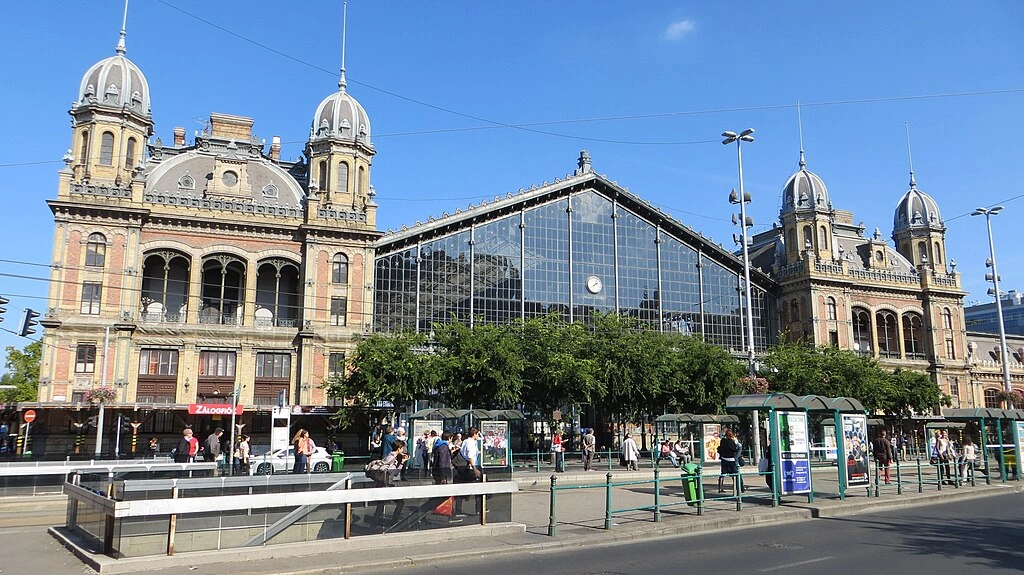
Since the late 19th century, Budapest’s Nyugati Station has been a major transportation hub in the Hungarian capital. The station stands out amongst all the brick buildings with its iron and glass facade.
And not a lot has changed since it was first built, allowing you to step back in time when you visit.
The end of Gustave Eiffel’s life
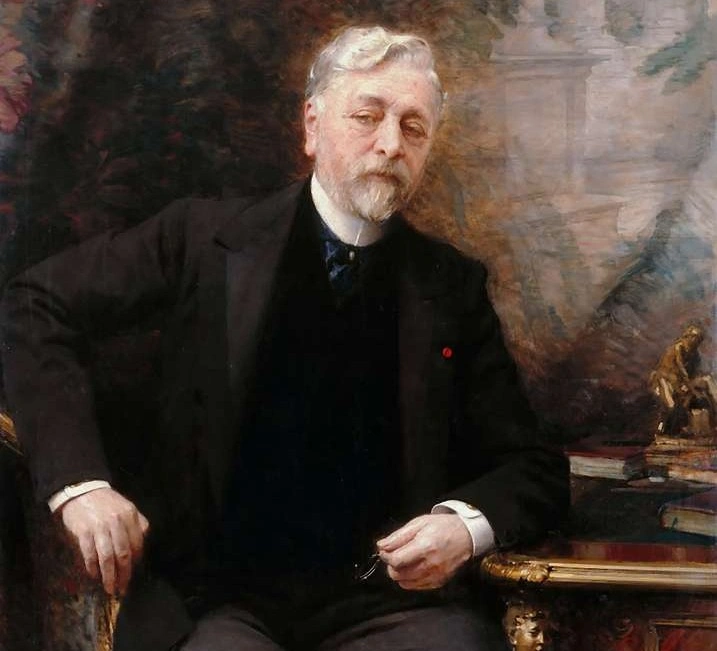
The portrait above was painted in 1905, less than 20 years before his death in 1923. Gustave Eiffel died in his home, listening to Beethoven’s Fifth Symphony. His wife had died before him, and he had five children, one of whom, Claire, was invaluable in supporting his work as a private secretary.
After the Eiffel Tower was built, Gustave became known as the “magician of iron.” This came down to the way the tower was built to withstand wind pressure, which is why he was later hired to build the internal structure of the Statue of Liberty in New York. They needed someone who understood aerodynamics and could manipulate iron to strengthen any structure.
Toward the end of his career, Gustave became especially interested in aerodynamics. He worked on aviation research, wind tunnels, and even built and tested scale models of planes.
His legacy is one of innovation, inspiration, and determination in the face of all odds, including the initial dislike of his famous Eiffel Tower. Now the tower is one of the most beloved monuments in the world, welcoming some 7 million visitors a year.
Eiffel’s tower today
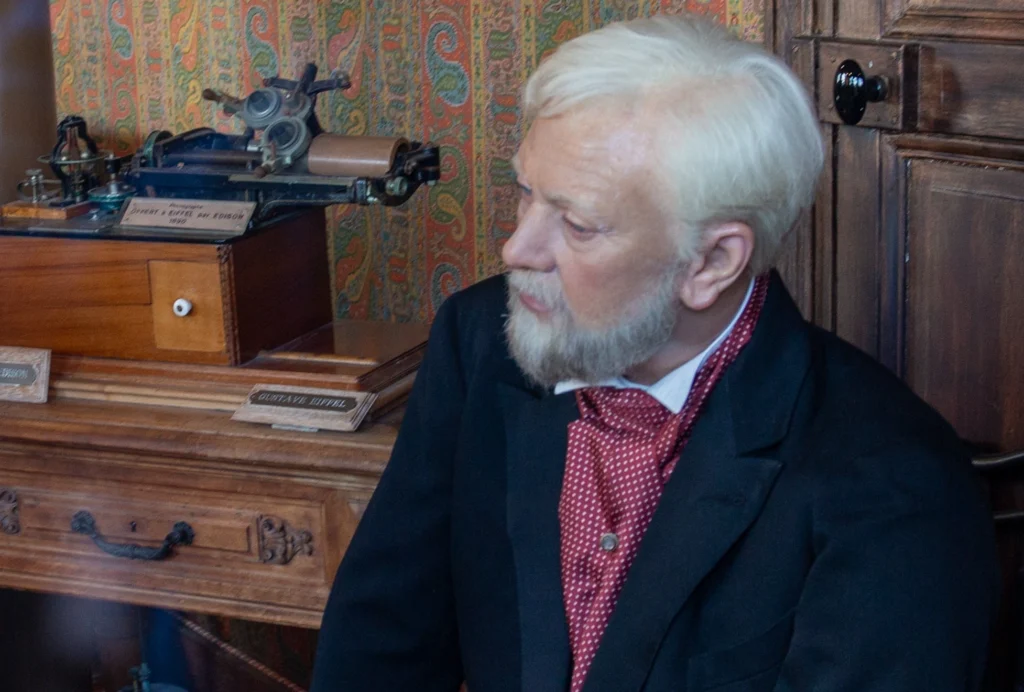
While Gustave Eiffel had a role in constructing many buildings and bridges around the world, he’s best known for the Eiffel Tower. Experience the magic of his creation as you climb each step on our Eiffel Tower Climb Guided Tour, or zip to the top in no time on our popular Eiffel Tower Elevator Tour.
Whichever option you choose, you’ll get to learn a little more about the Eiffel Tower (and the man who made it) from your local guide.
Bonus: Did you know there’s a wax figure of Gustave as well as his daughter, Claire, and friend, Thomas Edison, at the top of the Eiffel Tower? Check out our guide to find out you can see if you visit the Eiffel Tower summit and learn if it’s open or closed.
